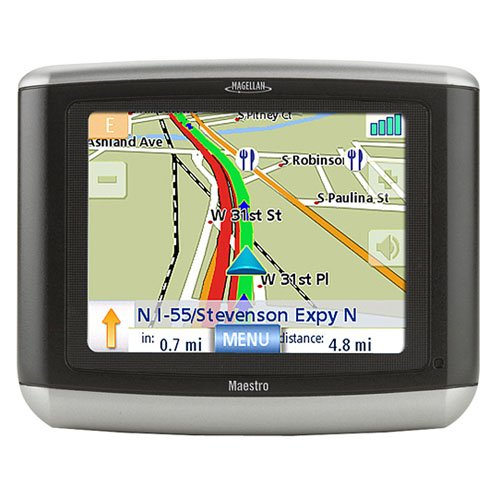Below is the list of DVD players you should be looking at under $250. These are not audiophile DVD players, but for people who watch movies.

- $70 The Panasonic S52 is a solid entry level DVD player. It doesn't have the advanced dedeinterlacing capabilities of more expensive players, but it upscales and has good performance.
- $100 The Sony DVP-NS75H is another solid all around performer with slightly better upscaling than the Panasonic
- $100 The Panasonic S53 is an updated version of the S52 that upscales to 1080p fot hose who whave 1080p dispays and can't afford the oppo.
- $150 The Oppo 970 is an excellent upscaling player, but most people will buy this player because it can output 480i over its digital output. This is good for people who have an external scaler/deinterlacer or an excellent scaler/deinterlacer in their TV/projector.
- $150 The Oppo 971 (Refurbished) has received so many stellar reviews, it's hard to keep track. This would be my choice if I had to pick. Oppo gives the same warranty on its refurb players as it's new ones so this is a great deal. The main advantage to this player is its faroudja DDCi deinterlacer. This smooths out jagged lines which makes the image look a lot better. It also does a great job of fixing DVDs that are encoded poorly so that they don't stutter or have artifacts in the image. This DVD player upscales to 720p and 1080i and uses a DVI connector. Do not use this player if you want component output as the image just isnt close to the image when you use DVI. I prefer DVI over HDMI because the plug is more secure but, HDMI cables can be longer and carry sound to your TV if you don't use an audio receiver.
- $250 The Oppo 981 is the replacement for the 971. It can upscale to 1080p for those who have projectors or TVs that can display 1080p. It also uses HDMI instead of DVI. It's available new or refurbished.
- With a budget of more than $250, I suggest looking into the Toshiba XA-2 which is the lowest cost HD-DVD player.
- A word about Oppo. Oppo is a relatively new company so many of you may not have heard of it. The glowing reviews of its DVD players, its excellent customer service and its willingness to constantly update it's firmware to fix any problems and make improvements makes Oppo a company you should have confidence buying from.
- A word of caution about the 971 and 981. While the Faroudja DCDi deinterlacer is by far the best deinterlacer in this price range, it can cause a problem called macroblocking on a very small number of displays. This mostly shows up in anime and a few movies. It looks like part of the image is made up by squares. If you don't see it, don't look for it. If you do, try the Sony. Update: Guide to reducing macroblocking on Oppo DVD players
Misfire Check!
The Best DVD review site on the web is
Secrets of Home Theater. They benchmark all the functions of a DVD player as well as giving their subjective reviews. Another very good site is
Audioholics who also gives both benchmarks and subjective review.
Ecoustics has a great search engine for reviews all
around the web. The best discussion forum is the
AVS stardard def DVD
forum.












